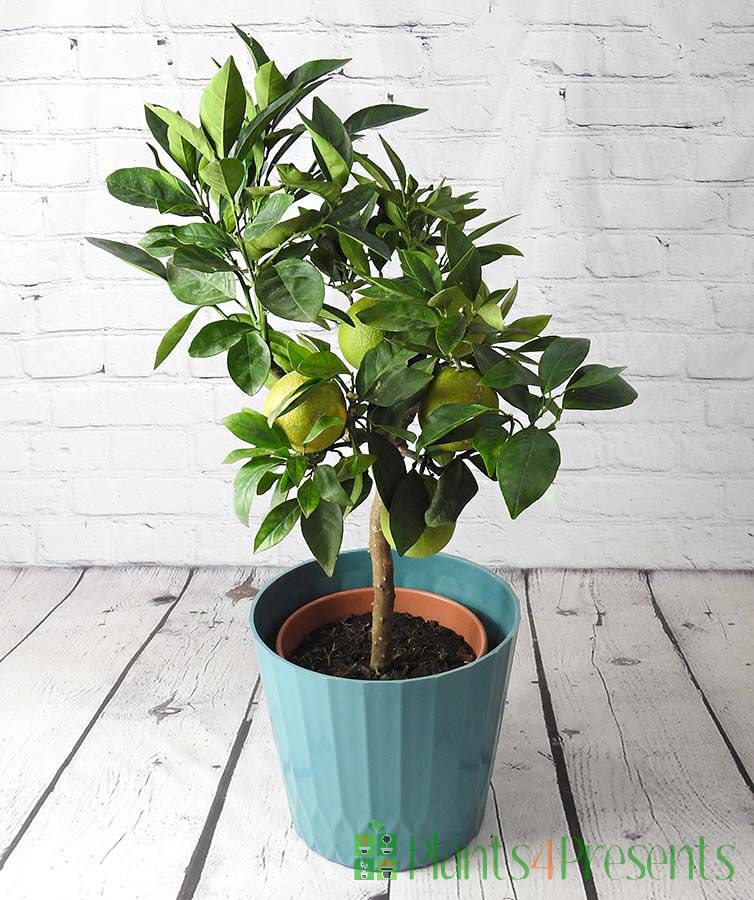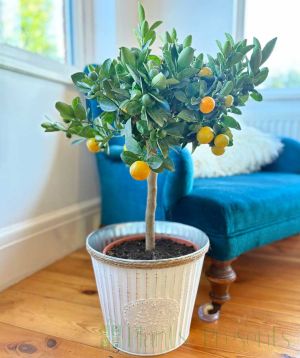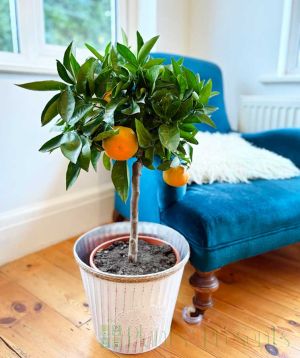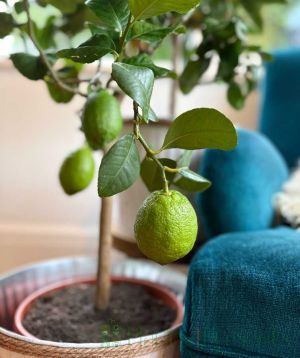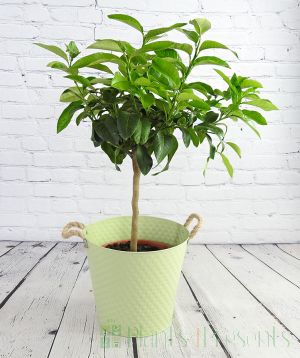Blood Orange
Out of stock


- Unusual ruby-fleshed variety
- Mature 6 year old trees
- Ideal gifts for citrus collectors
Sorry we have now sold out of these Blood Orange Trees but you can view our full citrus collection available for next day delivery here.
If you are looking for more sweet orange trees with fruit on then our last few satsuma trees are currently looking nice.
 4.9/ 5
37 reviews
4.9/ 5
37 reviews







Very healthy large plant.

A gorgeous healthy looking plant - appropriately packaged so that arrived undamaged

Great healthy plant.

Very beautiful plant. Very easy to care for and in great condition.

Good service

It’s a lovely tree, very healthy, in a nice pot and wonderful to have blood orange

Strong healthy plant

Gorgeous gift!

Beautiful tree

Beautiful blood orange tree. Lots of ripening fruit and glossy green leaves.

These instructions are sent with the plant gift
Looking after your Blood Orange Tree
This sweet orange tree produces large orange fruit with sweet ruby coloured fresh in winter and fragrant white star shaped flowers in Spring.
Orange trees, although not native to this country, do surprisingly well in the UK. A light room near a window or in a conservatory is ideal in winter. In the heat of summer, you can give your plant a holiday, put it outside on a sheltered patio and it will enjoy the fresh air. Bring it back inside when there is a nip in the evening air as your plant will start to suffer in temperatures below 5˚C.
When watering, always water from the top and allow excess water to drain away. The roots should never be allowed to stand in water and the top of the soil should be allowed to dry out completely between watering. The amount of water your plant will need will vary a lot between summer and winter and on the situation, so use the weight of the pot and the dampness of the soil as a guide. Your orange tree will also benefit from a citrus feed every week or so in the summer and every other watering in the winter.
These are the same trees as those grown for commercial oranges and they are the particular ‘Rosso’ variety that produces extra sweet deep red flesh under the right conditions. The red colouring is actually a response to particular environmental conditions so to achieve the best colour you want the biggest difference between daytime and night time temperatures you can manage whilst the fruit are ripening. This might mean leaving your tree outside on a sunny patio in the autumn so that the fruit is chilled down as low as 5C at night but gets nice and warm in the afternoon sun.
As with all citrus it’s best to leave the fruits on the tree as long as possible to allow the fruit time to sweeten up and test whether they are ripe by gently lifting the bright orange fruit to see if they drop. Best eaten fresh from the tree.
Problem Solving
Overwatering, underwatering and shock can all be a cause of leaf drop. One or two leaves is not something to worry about but more than 20 and your plant is not happy. However, in most cases, return to a regular watering routine and temperature will lead to recovery.







